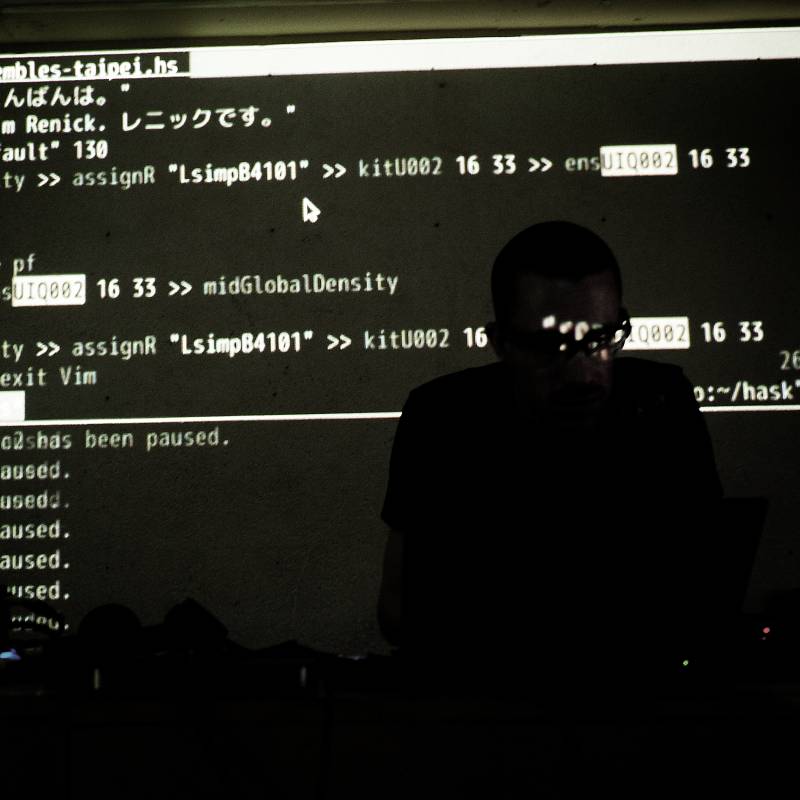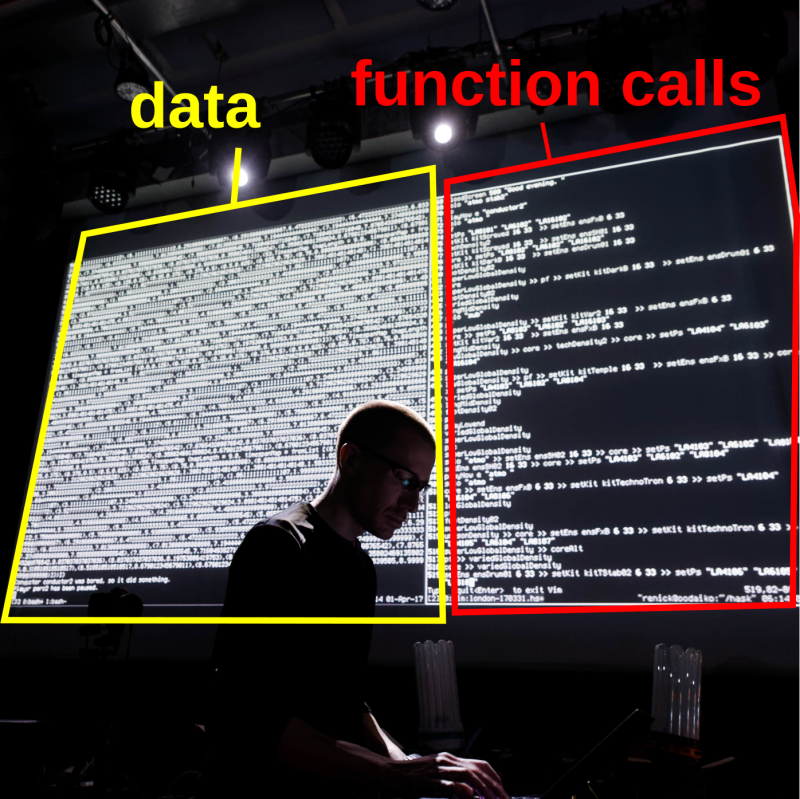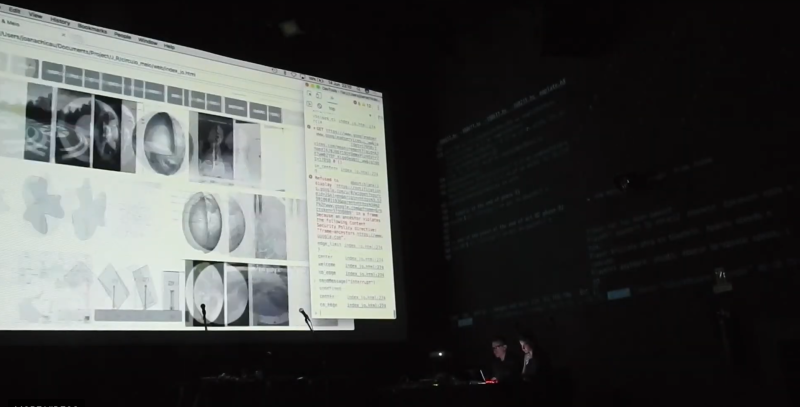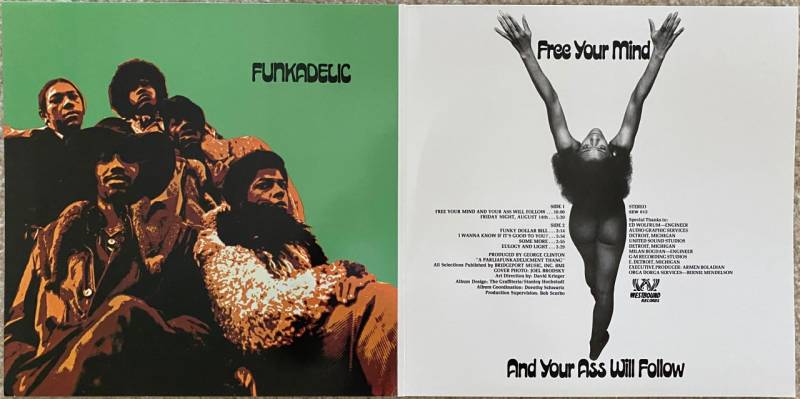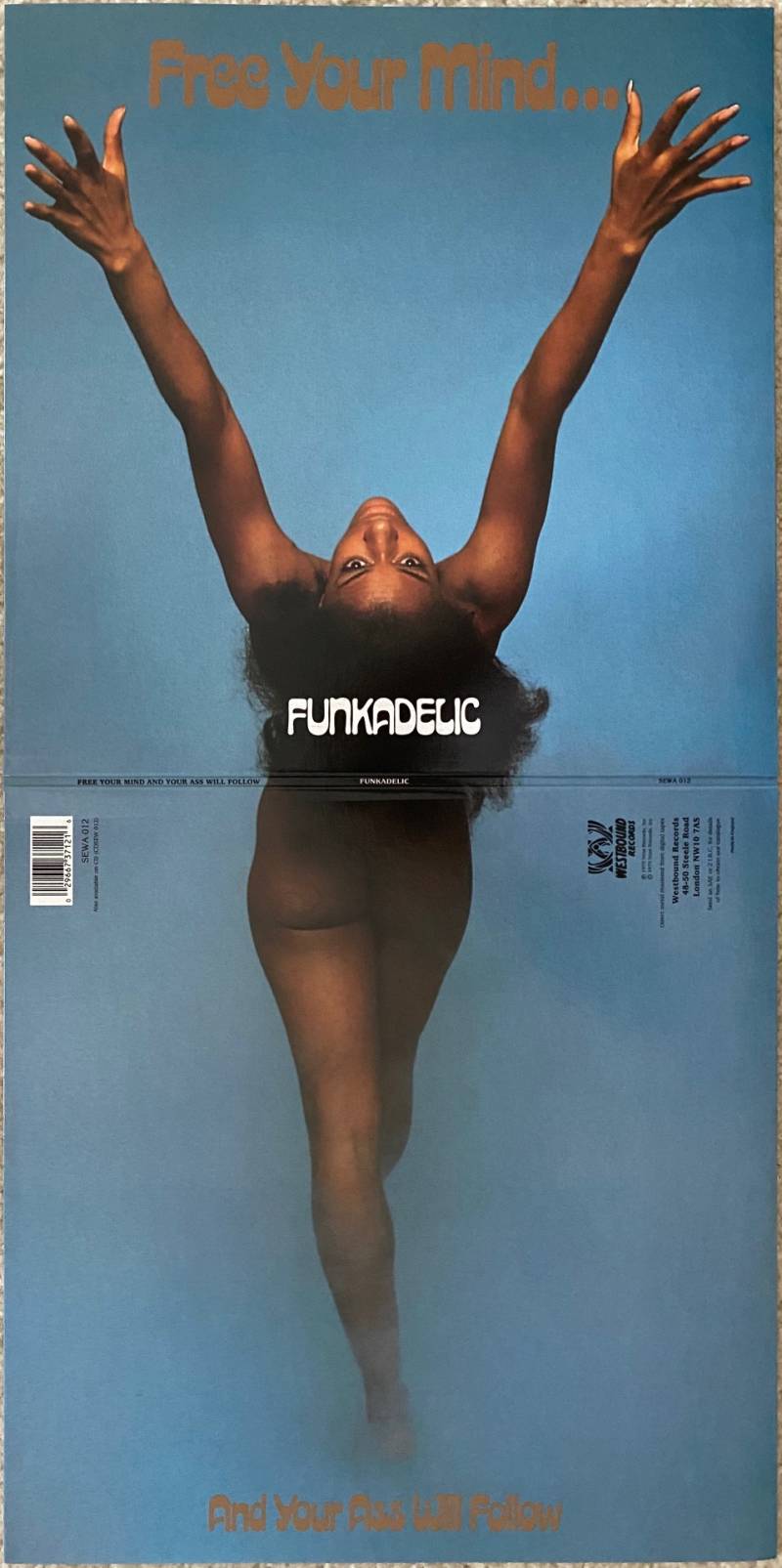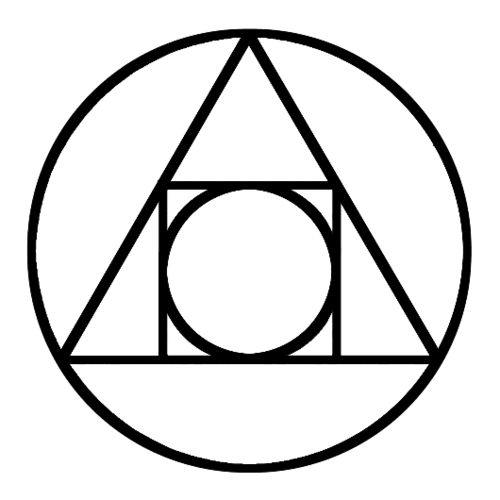This is an old revision of the document!
HSE 03, Nov. 21, 2021
summary
- Umberto Eco's The Open Work and a pragmatic aesthetic theory
- algorithmic openness
- openness and society
conclusions, discussion
openness in your works
Umberto Eco's The Open Work and a pragmatic aesthetic theory
Eco, U. (1989). The open work. Harvard University Press.
influenced by Dewey, Croce
some points from chapters 1-4 of The Open Work
- eco's open work: normative poetics, aesthetics, and a pragmatic aesthetic theory
- aesthetics vs. poetics(chapter 1, poetics of the open work, p. 22) “We have to distinguish between the theoretical level of aesthetics as a philosophical discipline which attempts to formulate definitions and the practical level of poetics as programmatic projects for creation.”
- pragmatic aesthetic theory
- all works are inherently open (Croce, emphasized by Eco)
- indeterminacy, observed in quantum physics, reflected into artistic work (p. 14-15)
- “incomplete knowledge of the system is in fact an essential feature in its formation” (p. 15)
- “[openness] characterizes every moment of our cognitive experience.” (p. 16)
- consciousness is an infinitely incomplete experience of the universe (p. 16-17)
- our pragmatic aesthetic theory is described as “transactional” (p. 27)
- “knowledge is a difficult process of transaction, of negotiation: in answer to a given stimulus, the subject incorporates the memory of past perceptions into the current one and, by so doing, gives form to the experience in progress…”
- referential vs. emotive function in messages, the relativity of meaning based on referential content depending on the percipient(p. 29~35)
- p. 36 “transactional psychology explains it quite clearly when it defines the linguistic sign as a 'field of stimuli'.”
- normative thought
- one purpose for work is as a “pedagogical vehicle” (p. 13)
- p. 39 while all works are open by definition, one potential purpose (and a common one in contemporary culture) is the emphasis of an extreme openness
- the purpose eco suggests is “the growth and multiplication of the possible meanings of a given message” (p. 42)
- contemporary art deliberately and systematically tries to increase its range of meanings p. 58
- “This kind of openness is best defined as an increase in information” p. 43
- creating an open work
- p. 57 the larger the amount of information, the more difficult its communication
- Eco quotes Poe as saying (paraphrase) “a good poem is one that can be read at one sitting so as not to ruin its intended effect with interruptions and postponements. Each audience member has their own capacity to assimilate poetic information.” p. 64
- (me: sometimes) p. 74 pleasure in art experience is rooted in the psychological process of integrating information and experience
- meyer: a style is a system of probability. p. 77
- complete openness, as in a dictionary or a collection of physics essays or grocery lists, is not sufficient for being a work, as we still need a kind of underlying structure for determining possibility. (chapter 1)
- methods for introducing openness: aleatoric methods, improvisation, flexible structures
- open work: unfinished, components of a construction kit, the composer is unconcerned with the manner of the components' “eventual deployment” ← software libraries!
- the listener can choose their own mode of approach, their own determination of the relationship between parts, their own (though possibly guided) meaning (p. 9-11)
- more radical when the audience collaborates with the composer in making the composition (p. 12), as well as works which are incomplete and constituted of structural units, “kaleidoscopic”
algorithmic openness
a typical closed electronic music performance (Plastikman at Sonar)
TOPLAP: “Show us your screens!” https://toplap.org/
a typical live coding improvisation with text communication with the audience: https://www.youtube.com/watch?v=fXuLsLV20bw
- visual openness (superficial?)
Fis and Renick Bell live at Berlin Atonal festival, photo by Camille Blake
- on-stage
- projection: coding, data
- versus an anonymous perfomer in a dj booth
- openness of algorithms
some definitions of algorithm define it as needing a well-formed conclusion; we'll do away with that, or define it as “to be run until the user no longer wishes to run it”
- showing algorithms (functions, function names, function calls)
- data transparency
- a stack of algorithms, the problem of deep openness
software stack diagram, adapted from: https://searchapparchitecture.techtarget.com/definition/software-stack
- how to increase openness
- work with Joana Chicau https://geometries.xyz/
- an attitude toward collaboration
- tools to enable that collaboration
- a presentation which reflects the attitude and the tooling
- open source
- freedoms:
- Free Software Foundation definition of free software: https://www.gnu.org/philosophy/free-sw.en.html#fs-definition
- The freedom to run the program as you wish, for any purpose (freedom 0).
- The freedom to study how the program works, and change it so it does your computing as you wish (freedom 1). Access to the source code is a precondition for this.
- The freedom to redistribute copies so you can help others (freedom 2).
- The freedom to distribute copies of your modified versions to others (freedom 3). By doing this you can give the whole community a chance to benefit from your changes. Access to the source code is a precondition for this.
openness and society
- need for an openness in society
- society is increasingly mediated by algorithms
- supply chain
- not necessarily dystopic:
- Allende, Project Cybersyn: https://en.wikipedia.org/wiki/Project_Cybersyn
- Towards a New Socialism (book) http://users.wfu.edu/cottrell/socialism_book/
- problems caused by a lack of transparency
- ignorance of algorithms means ignorance of the basic relations of society
- Facebook, Twitter, etc. timeline algos
- credit systems, face recognition etc. for crime prevention
- algorithmic discrimination: https://www.vox.com/recode/2020/2/18/21121286/algorithms-bias-discrimination-facial-recognition-transparency
- ignorance of algorithms leads to a sense of powerlessness
- what new relationships does open algorithmic art expose or suggest
- by exposing algorithms and showing how they can be beautiful, the understand-ability and tractability of algorithms shows new possibilities to an audience: “i could do this,” “i could control an algorithm,” and therefore shows possibility of agency that wasn't previously held for non-programmers
- even for programmers, the repurposing of the algorithmic tools for art also shows new possibilities
- foregrounding the algorithm then emphasizes these possibilities
- open to what?
- open means free to possibility
- open to the existence of others with you
- acknowledging them, and treating them as you would like to be treated
- willingness to be connected
- willingness to share
- acceptance of the need to cooperate
- relinquishment, surrender
- becoming altruistic
- george clinton, funkadelic “free your mind and your ass will follow, for the kingdom of heaven is within.” https://www.youtube.com/watch?v=G9g-bw49ZwI
alchemy of transforming closed things into open ones: https://en.wikipedia.org/wiki/Magnum_opus_(alchemy)
paradox: how can a rational algorithmic system which encapsulates logical concepts lead to radical intuitive open connection?
it's the ineffable paradox of duality expressed in the tao te ching: accepting limits in order to be limitless openness, receptiveness, “know the male yet keep to the female”




